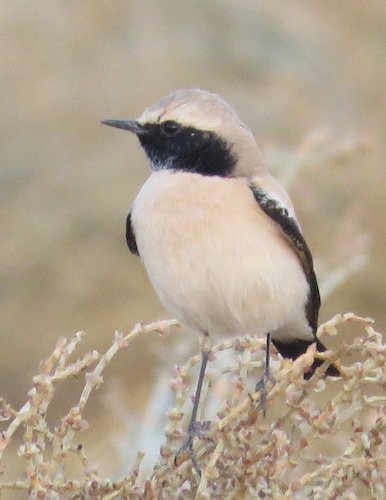Republic of the Sudan

Birding North Sudan
North Sudan is situated in northern Africa, bordering the Red Sea and it has a coastline of 853 km along the Red Sea. Despite its split from the south it is still one of the largest countries in the continent. It borders the countries of Central African Republic, Chad, Egypt, Eritrea, Ethiopia and Libya. It is dominated by the River Nile and its tributaries. The terrain is generally flat plains, broken by several mountain ranges; in the east are the Red Sea Hills. The Blue and White Niles meet in Khartoum to form the River Nile, which flows northwards through Egypt to the Mediterranean Sea. In the north there is the very dry Nubian Desert. Sudan’s rainy season lasts for about three months (July to September). The dry regions are plagued by sand storms, known as haboob, which can completely block out the sun. In the northern and western semi-desert areas, people rely on the scant rainfall for basic agriculture and many are nomadic, traveling with their herds of sheep and camels. Nearer the River Nile, there are well-irrigated farms growing cash crops.There are several dams on the Blue and White Niles. Among them are the Sennar and Roseires on the Blue Nile, and Jebel Aulia dam on the White Nile. There is also Lake Nubia on the Sudan-Egyptian border. Desertification is a serious problem in Sudan. There is also concern over soil erosion. Agricultural expansion, both public and private, has proceeded without conservation measures. The consequences have manifested themselves in the form of deforestation, soil desiccation, and the lowering of soil fertility and the water table.
-
Wikipedia
http://en.wikipedia.org/wiki/Sudan
-
Number of bird species: 1022
(Includes South Sudan too) -
Number of bird species:
National Bird: Secretarybird Sagittarius serpentarius
-
iGoTerra Checklist
iGoTerra ChecklistFatbirder Associate iGoTerra offers the most comprehensive and up to date birds lists on the web
-
Birds of the Horn of Africa: Ethiopia, Eritrea, Djibouti, Somalia and Socotra
By Nigel Redman, Terry Stevenson & John Fanshawe | Christopher Helm | 2011 | Paperback | 512 pages, 213 colour plates, 1000+ colour distribution maps, colour & b/w maps | ISBN: 9781408157350 Buy this book from NHBS.com -
Field Guide to Birds of East Africa Kenya, Tanzania, Uganda, Rwanda and Burundi
By Terry Stevenson, John Fanshawe & Brian E Small | Christopher Helm | 2004 | Paperback | 640 pages, colour plates, colour distribution maps, colour & b/w maps | ISBN: 9780713673470 Buy this book from NHBS.com
-
African Bird Club
WebsiteThere is plenty to attract the keen birdwatcher to Sudan were it not for major concerns over safety. One can only hope that the situation improves sufficiently to allow greater travel in this country. Sudan is not a country where you will see the huge range of species on offer in East Africa but the Nile which flows through the capital Khartoum is a major migration corridor and birdwatching in this area will provide a good range of species and some surprises
-
IBAs
WebsiteSatellite ViewThe enormous range of latitudes supports portions of 6 biomes: Saharan-Sindian in the north; Sahel; much of the south is within Sudan-Guinea Savanna; Guinea-Congo Forests in the south-west; Somali-Masai in the south-east; the southern mountains lie within the Afrotropical Highlands biome. Inland wetlands dominated by the Sudd are significant for large numbers of waterbirds and some of Sudan -
NP Dinder
InformationSatellite ViewDinder National Park, park, eastern Sudan. The park lies in the clayish flood plain of the Nahr (river) ad-Dindar and Nahr ar-Rahad, at an elevation of 2,300 to 2,600 ft (700 to 800 m). Established in 1935, it covers an area of 2,750 sq mi (7,123 sq km). Vegetation in the park consists of thornbush savannah in the north and woodland in the south; along the riverbanks there are palm or gallery forests and swampy areas…
-
2006 [01 January] - Ola Elleström
Report PDF…The number of species was relatively few but I had a nice flock of Sudan Golden Sparrows close to the Mogran Family Park and a White-browed Coucal in some dense thickets close to the hotel…

